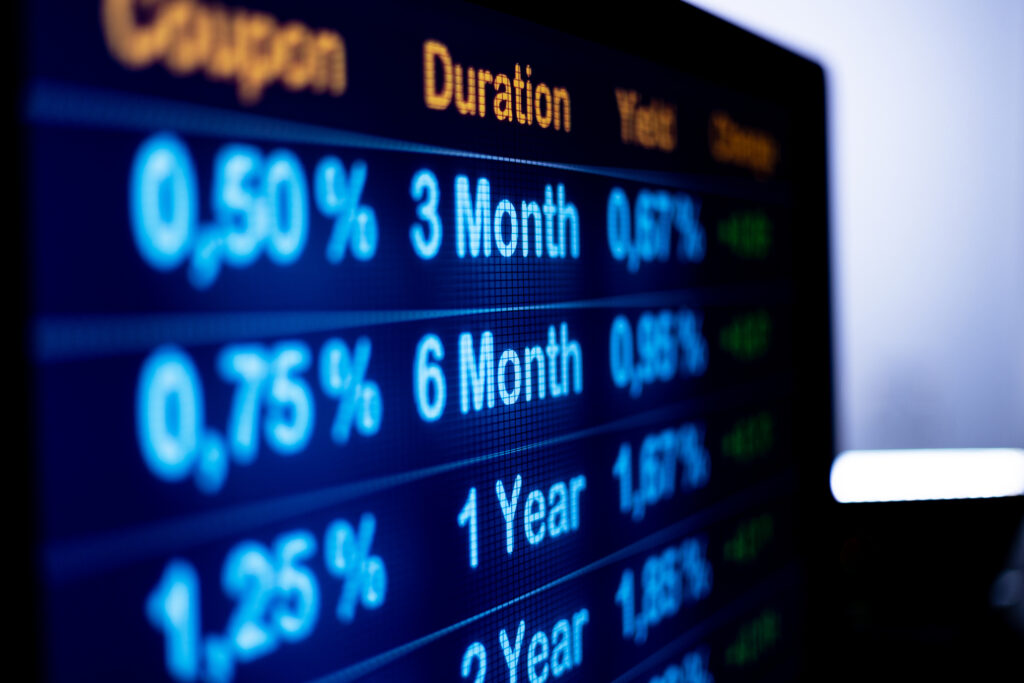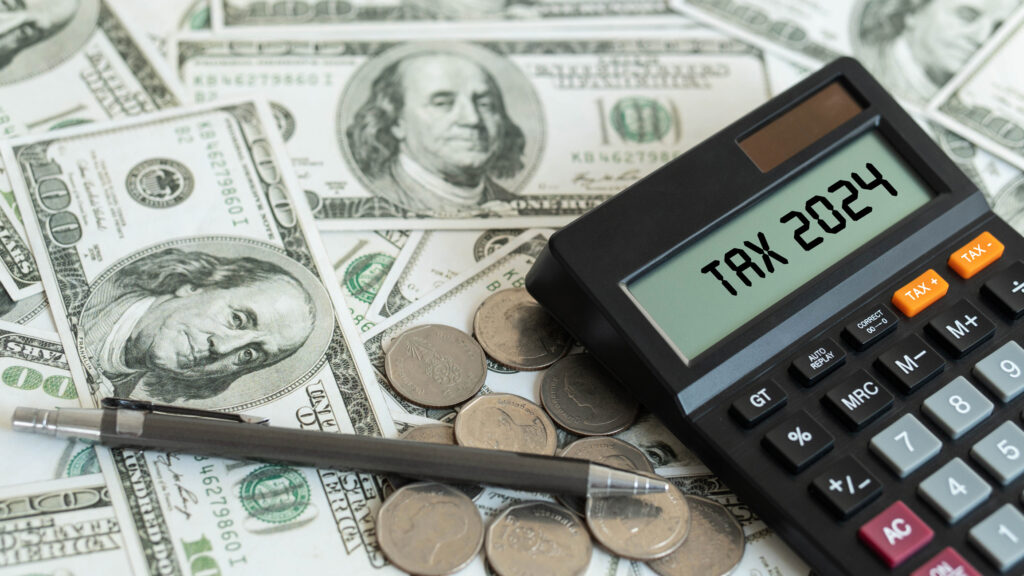In a huge win for taxpayers, the Federal Railroad Administration (FRA) has denied a $2.3 billion federal loan to the Dakota, Minnesota, and Eastern Railroad (DM&E).
A classic case of Washington influence-peddling, the story shows how grassroots activism helped stop one backroom deal in its tracks. The denial of the loan was announced February 26.
The DM&E loan coasted under the radar until taxpayer activists caught wind of it late last year and rose up against it.
Letters Flooded Congress
Between February 7 and February 14, Council for Citizens Against Government Waste (CCAGW) members and supporters sent 10,258 letters to their representatives in Congress in opposition to the loan.
DM&E and Sen. John Thune (R-SD), a former lobbyist for the railroad who pushed the loan, became lightning rods for criticism from taxpayer watchdogs and groups that would be adversely affected by the new rail line.
The deal made no sense from a fiscal, economic, or security standpoint, according to opponents. The loan would have been used to expand and improve a rail line used primarily to transport coal from Wyoming to Minnesota–a route already served by two railroads.
Credit Risk Was Bad
In the FRA statement announcing its denial of the loan, Administrator Joseph H. Boardman concluded there was an “unacceptably high risk to taxpayers.”
Boardman found “there remained too high a risk concerning the railroad’s ability to repay the loan even with an appropriate combination of credit risk premiums and collateral.”
Boardman said he was concerned by “DM&E’s current highly leveraged financial position; the size of the loan relative to the limited scale of existing DM&E operations; and the possibility the railroad may not be able to ship the projected amounts of coal needed to generate enough revenue to pay back the loan.”
Boardman also questioned how DM&E would handle potential cost overruns and schedule delays.
The statement mirrors the points raised by CCAGW, indicating the FRA heard the public’s concerns.
Repayments Exceeded Revenue
It is not surprising DM&E went to Congress rather than private sources for financing. According to BearingPoint (a strategic consulting firm), the loan would have required an annual payment from DM&E of $246 million in addition to $15 million from another loan. The railroad’s total current annual revenue is just $200 million.
Even if the rail upgrade increased DM&E’s annual revenue, the loan presented a poor credit risk.
If the government had approved the loan, taxpayers would have been forced to foot the bill in the event of a default.
The proposed loan had other problems. According to the FRA’s Railroad Safety Statistics Annual Report 2004, DM&E ranked last in safety among the nation’s 43 largest railroads. Its main track accident rate has escalated to eight times the national rate since its last FRA loan of $233 million.
Likened to Chrysler Bailout
Supporters of the proposed loan, including farm groups, likened it to the $1.5 billion Chrysler bailout in 1980–but unlike the Chrysler deal, the DM&E loan was not the subject of intense public and congressional debate. It was able to move quietly through Congress thanks to behind-the-scenes lobbying and legislative maneuvers by Thune.
DM&E paid Thune $220,000 in 2003 and 2004 to lobby for the loan. After his election to the Senate in 2004, he was instrumental in increasing the FRA’s loan guarantee authority from $3.5 billion to $35 billion in the 2005 Safe, Accountable, Flexible, and Efficient Transportation Equity Act, in apparent anticipation of the DM&E loan.
CCAGW named Thune its Porker of the Month in November 2006 for his support of the loan.
Showing obfuscation worthy of a George Orwell novel, Thune claimed the loan’s denial was a case of “special interests beating the little guy.”
Tom Schatz ([email protected]) is president of Citizens Against Government Waste in Washington, DC.



